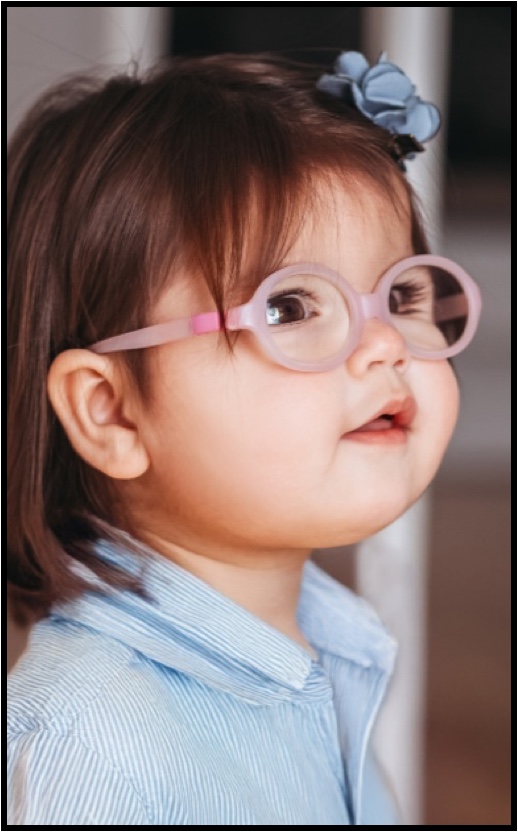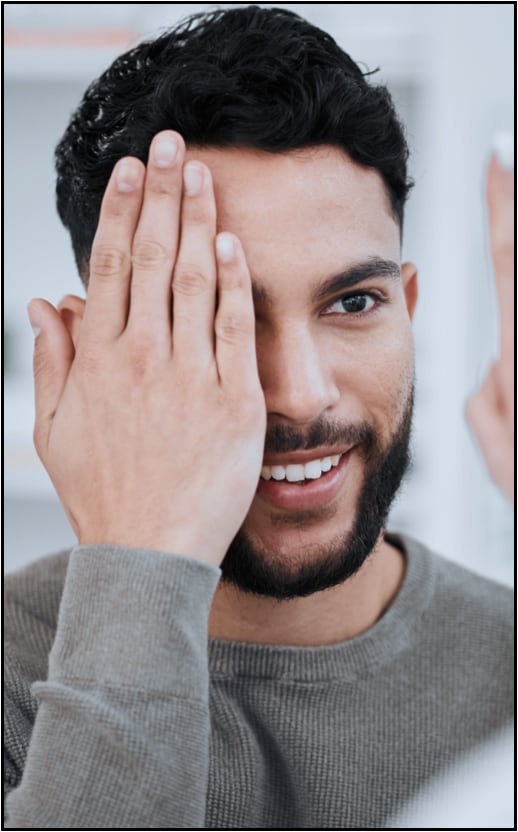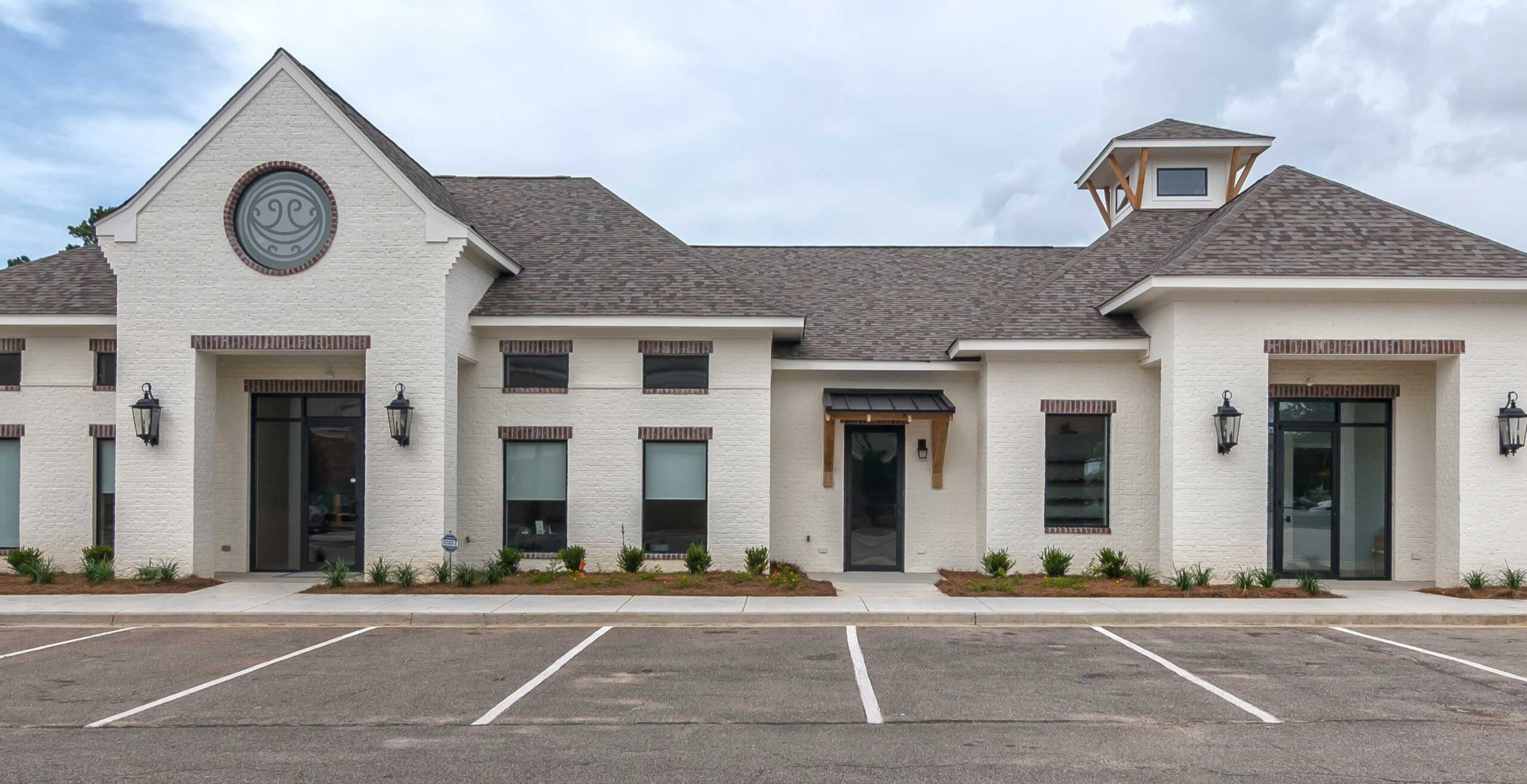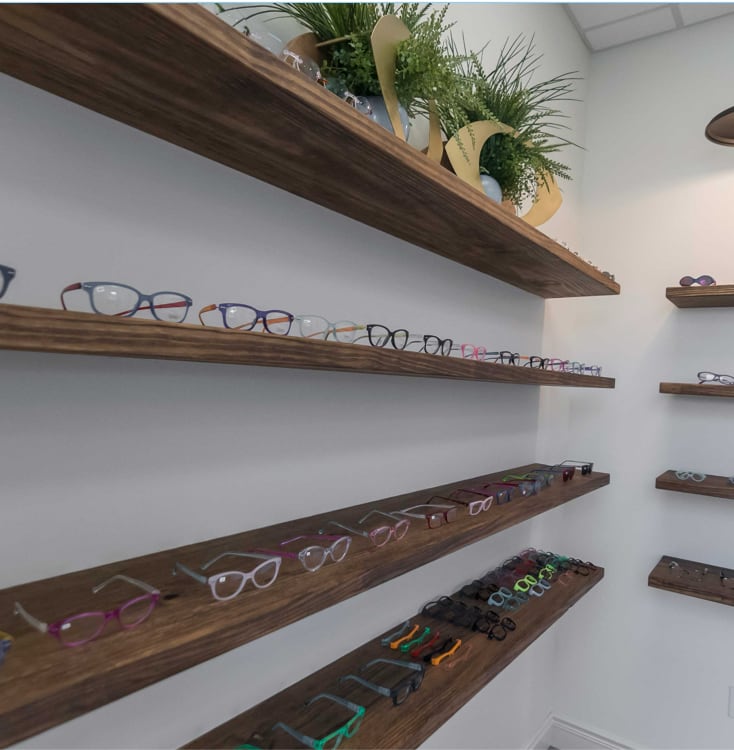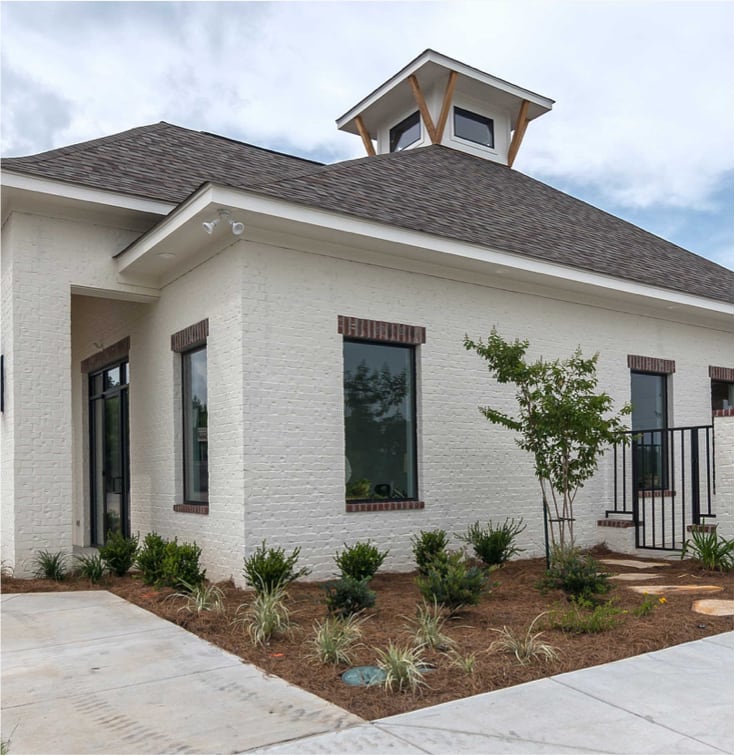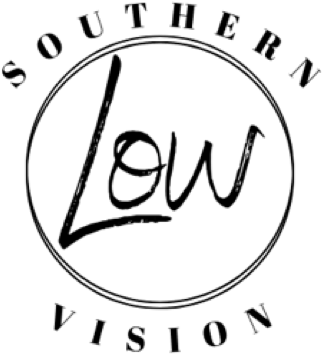Your eyes play a crucial role in daily life, allowing you to see the world around you. However, your vision can change all the time.
Low vision can make everyday tasks challenging and affect your quality of life. Macular degeneration and glaucoma are two eye conditions with different causes and treatments. But both can lead to low vision or vision loss.
We’ll explore these 2 conditions and how they can impact your vision.
Understanding Macular Degeneration & Glaucoma
Macular degeneration and glaucoma are eye conditions that can lead to low vision. They are usually age-related and have unique causes, symptoms, and treatments.
Macular Degeneration
Macular degeneration, or age-related macular degeneration (AMD), is one of the leading causes of vision loss and blindness in people 65 and over. There are 2 types of AMD: dry AMD and wet AMD.
Dry AMD is more common and progresses slowly, while wet AMD is more severe and can cause rapid vision loss if left untreated. AMD primarily affects the central part of the retina (the light-sensitive tissue at the back of the eye), called the macula.
The macula is responsible for sharp, central vision so you can see shapes and details more accurately. A loss of central vision is a blind spot in the center of your visual field.
AMD can make it difficult to perform daily activities, such as reading small text on computers, phones, or the newspaper, recognizing faces, watching television, or performing tasks that require sharp vision, like driving. Symptoms of AMD can include:
- Mild blurry central vision
- Trouble seeing in low lighting
- Straight lines start to look wavy or crooked
- Seeing blank spots
- Colors look faded
Glaucoma
Glaucoma is a group of eye diseases that damage the optic nerve (the nerve at the back of the eye). It can lead to a gradual loss of peripheral vision, where you can’t see anything to both sides, above or below your eye level, and can lead to blindness.
Damage to the optic nerve occurs from pressure buildup in the eye. When the eye does not drain the natural fluid, high pressure can affect the optic nerve, which disrupts the signals between the eye and the brain. There are different types of glaucoma, with symptoms typically progressing gradually and without signs in the early stages.
Symptoms of glaucoma that develop over time can include:
- Slow side or peripheral vision loss
- Tunnel vision
- Patches of vision loss
- Blindness
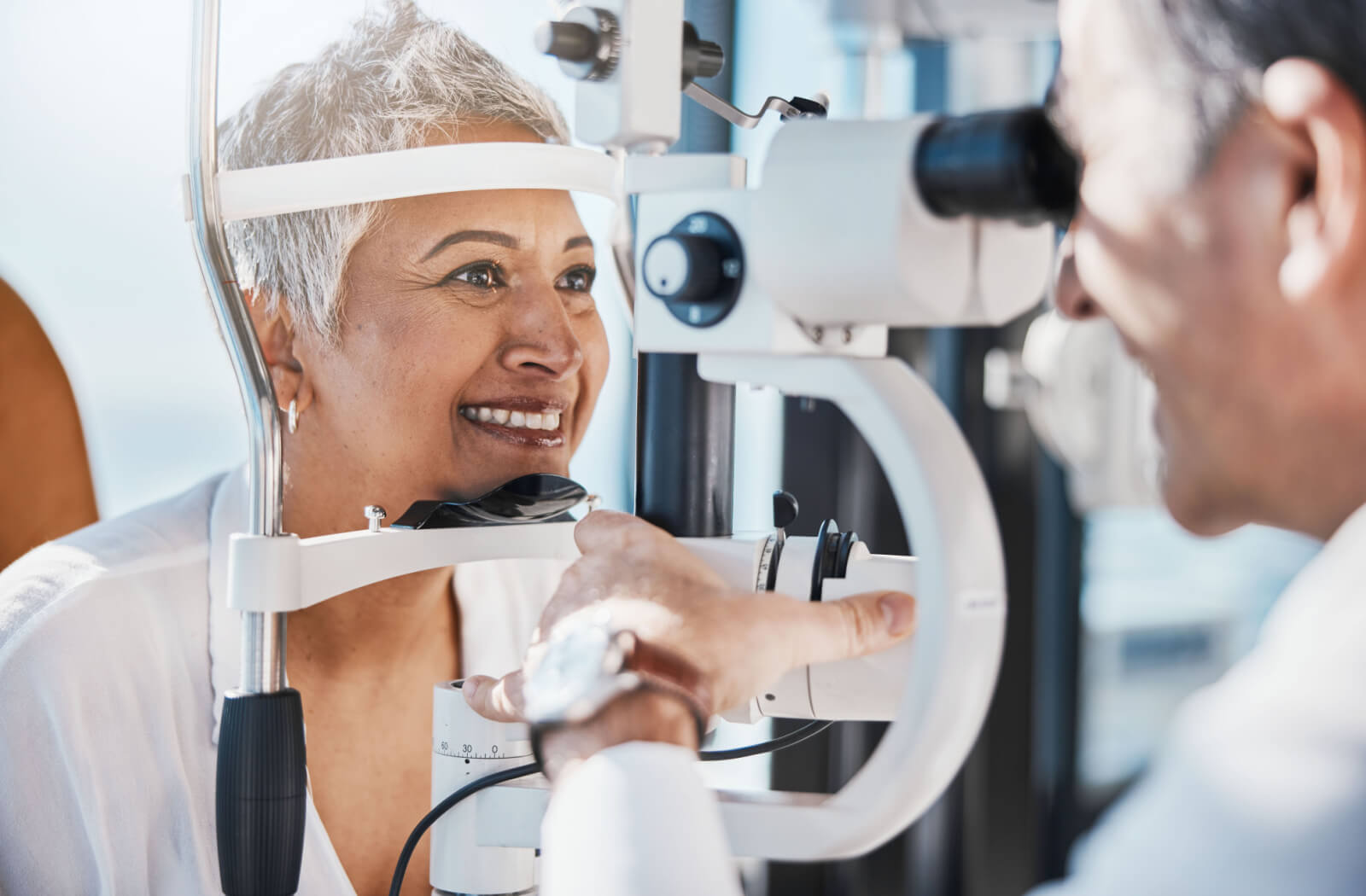
Are Macular Degeneration & Glaucoma Related?
While macular degeneration and glaucoma are distinct conditions, they can, in some cases, occur together. And even though they don’t affect each other, having both together can result in vision loss in a larger area compared to only having 1 condition.
Other ways macular degeneration and glaucoma can be related include:
- A genetic link between the 2 conditions
- Having macular degeneration, which can put you at a higher risk of developing glaucoma
The Impact of These Conditions on Low Vision
Low vision is a visual impairment that glasses, contact lenses, medication, or surgery can not correct. If you have macular degeneration and glaucoma, these conditions can exacerbate your central and peripheral vision loss, affecting your overall visual function.
How to Treat Low Vision?
While there is no cure for macular degeneration or glaucoma, regular eye exams can help detect these conditions early to help stop or slow the progression of vision loss. Low vision is not complete blindness, as some sight can remain.
Some strategies and resources can help manage your low vision resulting from these conditions. Visual aids can help restore or maintain your remaining sight.
Low-vision aids and devices come in several categories, such as optical, non-optical, or electronic. These serve various purposes and target different visual tasks. Examples can include the following:
- E-scoop glasses
- Hand-held or standing magnifiers
- Full-diameter telescopes
- Bioptic telescopic glasses
- Tele-microscope glasses
- Prismatic reading glasses
- Side-vision awareness glasses
- Absorptive lenses
- Computer software
- Video or digital magnifiers
Non-optical visual devices can include the following:
- Text reading software
- High-contrast clocks and watches
- Large print publications
- Clocks, phones, and watches with enlarged numbers
Electronic aids can include:
- Smartphone apps
- Video magnification
- Computer software to make the text on the screen bigger
It’s essential to seek professional help for low vision from those who can provide personalized advice and recommend visual aids and assistive technologies.
Preventing Macular Degeneration & Glaucoma
While you can’t completely prevent AMD and glaucoma because of risk factors such as age and family history, there are measures you can take to improve eye health. These include:
- Quit smoking
- Have regular eye exams
- Exercise regularly
- Eat a healthy balanced diet
- Maintain stable blood pressure
Low Vision Management
AMD and glaucoma can significantly impact your vision. Understanding the connection between these conditions and seeking appropriate support and resources can help you navigate the challenges with low vision and maintain your quality of life. If you suffer from low vision, book an appointment with Belle Vue Speciality Eye Care for a personalized low vision management plan.


